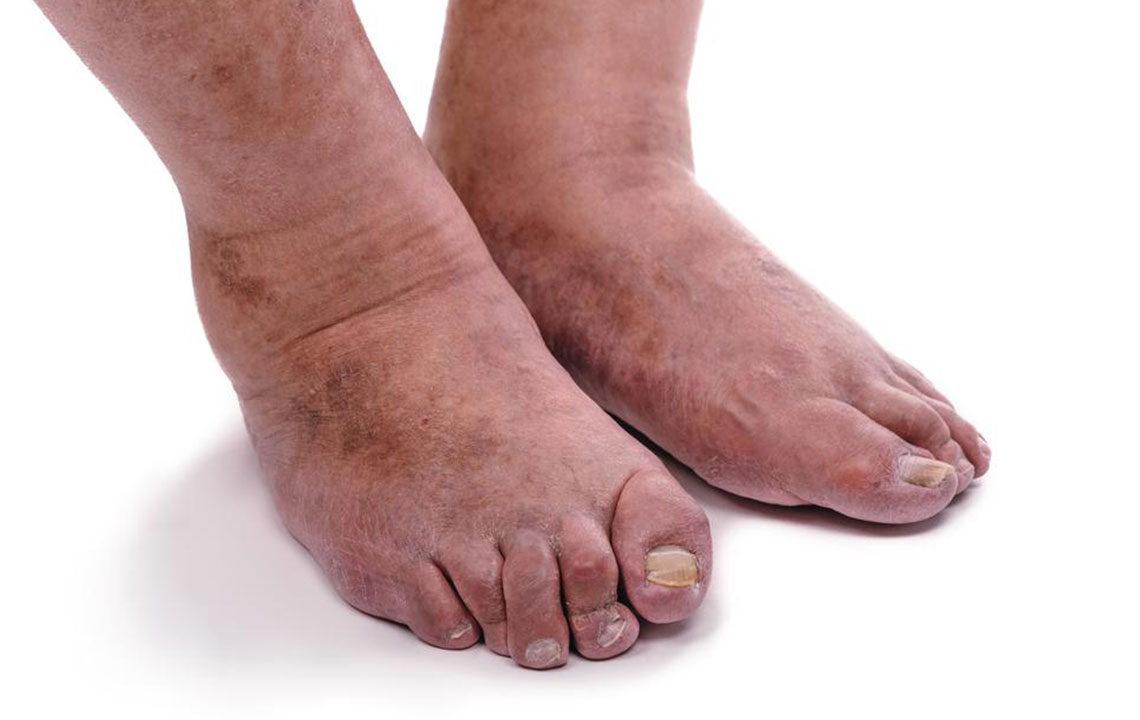Early Warning Signs and Symptoms of Rheumatoid Arthritis You Should Know
This comprehensive guide highlights the early signs of rheumatoid arthritis, including persistent fatigue, prolonged morning stiffness, joint swelling, and systemic symptoms. Recognizing these early indicators enables timely diagnosis and effective management, reducing the risk of joint damage and disability. The article emphasizes the importance of awareness of subtle changes in joint health and systemic signs, urging individuals to seek medical advice promptly for optimal outcomes.

Early Warning Signs and Symptoms of Rheumatoid Arthritis You Should Know
Rheumatoid arthritis (RA) is a complex, chronic autoimmune disorder that primarily attacks the synovial membranes of the joints. Over time, this leads to inflammation, joint destruction, deformity, and functional disability. RA does not discriminate; it can affect individuals of various ages and backgrounds, but it is most commonly diagnosed between the ages of 30 and 60. Recognizing the early symptoms of RA is crucial for timely diagnosis and effective management, which can significantly improve long-term outcomes and quality of life.
This article provides a comprehensive overview of the early indicators of rheumatoid arthritis, including how these symptoms typically present, their variability among different individuals, and when to seek medical advice. By understanding these signs, patients can identify potential issues early and initiate appropriate treatment strategies to slow disease progression.
Recognizing the initial signals of RA involves paying attention to subtle changes in your body. The disease often develops gradually, beginning with mild, intermittent symptoms that progress into persistent issues if left untreated. Early diagnosis allows for interventions that can prevent joint damage and improve overall health outcomes.
The presentation of RA symptoms can vary significantly among individuals, making awareness and careful observation vital. Here are some of the most common early warning signs that could suggest the onset of rheumatoid arthritis:
Persistent Fatigue and Malaise
One of the most common initial symptoms experienced by individuals before joint swelling becomes apparent is unrelenting fatigue. This exhaustion is not typical tiredness but a profound sense of weariness that persists throughout the day, often unrelieved by rest. It arises due to active inflammation within the joints and systemic immune responses. Additionally, fatigue can be exacerbated by side effects of medications employed to treat RA, anemia associated with chronic inflammation, or sleep disturbances caused by discomfort. This ongoing fatigue can also negatively affect mood and mental health, creating a cycle that may lead to depression if not addressed.
Morning Stiffness Lasting Several Hours
Another hallmark early symptom is stiffness that lasts for extended periods—often several hours—upon waking. This stiffness tends to improve with movement during the day but can return after periods of rest. It indicates inflammation of the synovial tissue, which causes joint swelling and loss of flexibility. Unlike degenerative joint diseases such as osteoarthritis, where stiffness usually lasts less than an hour, prolonged morning stiffness suggests active inflammation characteristic of RA. This symptom is highly valued by health professionals as a diagnostic clue during clinical evaluation.
Burning Sensation or Numbness in Hands and Fingers
Many RA patients initially notice tingling, burning sensations, or numbness in their hands, palms, or fingers. Sometimes these symptoms resemble nerve compression syndromes like carpal tunnel syndrome. They occur because inflamed tendons and synovial tissue put pressure on nearby nerves, leading to sensory disturbances. Joint grinding sounds during movement may also emerge, signaling cartilage erosion and joint degradation stemming from sustained inflammatory activity.
Low-Grade Fever and General Malaise
Experiencing a mild fever—usually below 101°F—alongside joint discomfort can be an early sign of RA. This low-grade fever reflects systemic inflammation and immune activation. It often accompanies other symptoms like fatigue and joint stiffness. Should the temperature increase or persist, other causes such as infections should be considered, but in the context of joint symptoms, RA remains a primary concern.
Swelling and Tightness in Small Joints
Early RA inflammation predominantly affects small joints—especially those of the hands and feet. Swelling may appear subtly, making joints appear larger or warmer than normal. Sometimes swelling manifests suddenly across multiple joints within a few days. The sensation of tightness impairs normal movement and can make simple tasks challenging. Recognizing these changes early is important for prompt diagnosis and initiation of treatment.
Persistent and Widespread Joint Pain
Joint pain in RA is typically persistent and occurs both during activity and rest. The pain often centers around the fingers, wrists, and small joints, but larger joints like knees, shoulders, and ankles can also be affected symmetrically—an important distinguishing feature. The pain results from synovial inflammation, cartilage destruction, and ligament strain. Patients may report a sensation of grinding or instability around affected joints, especially during movement.
Limited Range of Motion and Joint Deformity
Inflammation leads to tissue swelling and structural damage, impairing the joint's ability to bend, straighten, or move normally. Over time, this can develop into joint deformities if left untreated. Early detection and management are crucial to preserving joint function, preventing irreversible damage, and maintaining quality of life.
Mild Joint Swelling and Warmth
Subtle swelling is often the first observable change, with joints appearing slightly enlarged and warm to the touch. Recognizing these signs early—especially in the context of other symptoms—can facilitate prompt diagnosis. Swelling might be episodic or persistent and is often accompanied by tenderness or pain, which should prompt further medical evaluation.
Beyond these primary symptoms, several minor or systemic signs may hint at RA's early development:
Sleep disturbances due to joint discomfort
Unexplained weight loss
Loss of appetite
Dry mouth or eyes
General fatigue and malaise
Persistent eye dryness or irritation
Subcutaneous nodules under the skin
Pleuritic chest pain
If you notice any combination of these signs, it is highly recommended to consult a healthcare professional promptly. Early diagnosis and intervention can markedly reduce joint damage, improve mobility, and enhance overall health outcomes. Managed correctly, RA is a manageable condition, and many patients lead active, fulfilling lives with proper treatment.





